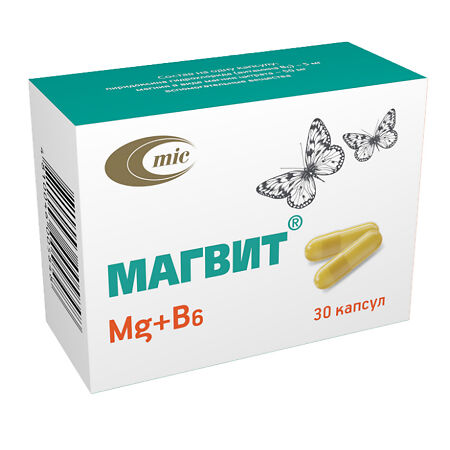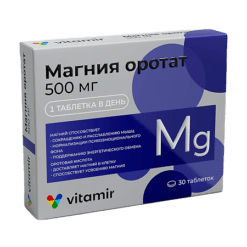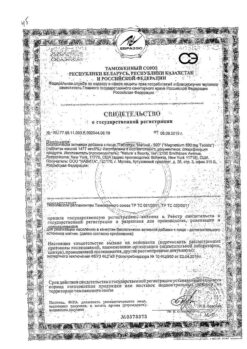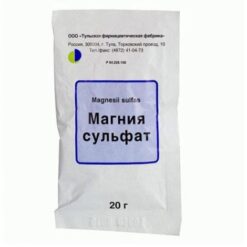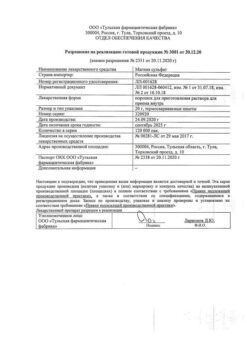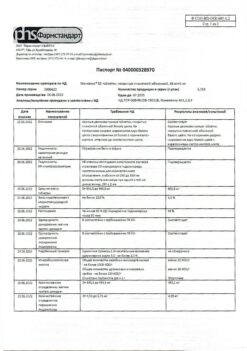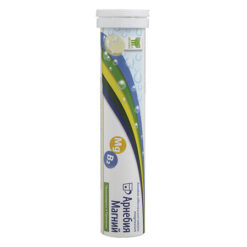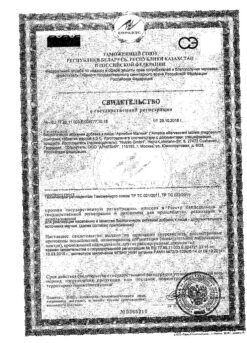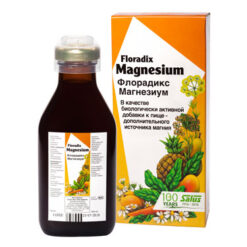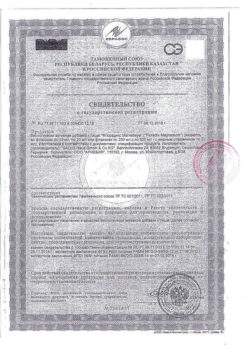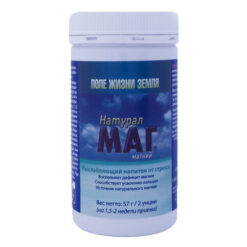No products in the cart.
Magvit, 50 mg+5 mg capsules 30 pcs
€1.00
Out of stock
(E-mail when Stock is available)
Description
Magnesium is predominantly an intracellular cation. It reduces neuronal excitability and neuromuscular transmission of excitation, takes part in many enzymatic processes.
Magnesium is an essential element of organs and tissues: in the bone tissue is half of the total amount of magnesium in the human body.
The clinical aspects:
Serum magnesium levels:
between 12 and 17 mg/L (1 – 1.4 mEq/L or 0.5 – 0.7 mmol/L): indicate moderate magnesium deficiency
below 12 mg/L (1 mEq/L or 0.5 mmol/L): indicate severe magnesium deficiency.
Deficiency can be:
primary, due to a congenital abnormality of magnesium metabolism,
secondary, due to: inadequate intake (severe malnutrition, alcoholism, total parenteral nutrition); gastrointestinal absorption disorders (chronic diarrhea, gastrointestinal fistula, hypoparathyroidism); excessive renal losses (tubular disease, significant polyuria, diuretic abuse, chronic pyelonephritis, primary hyperaldosteronism, cisplatin treatment).
Pyridoxine (vitamin B6) is involved in many metabolic processes, in the regulation of metabolism of the nervous system. Vitamin B6 in Magvit improves the absorption of magnesium from the gastrointestinal tract and its penetration into cells.
The use of the combined product containing magnesium citrate and vitamin B6 is justified by the following data:
vit. B6 and magnesium complement each other’s pharmacological actions;
Vit. B6 increases magnesium concentrations in the plasma and red blood cells and decreases the amount of magnesium in the body. B6 improves the absorption of magnesium from the gastrointestinal tract and its penetration into cells;
Magnesium increases the conversion of pyridoxine to its active metabolite, pyridoxal-5-phosphate, in the liver;
- Vit. B6 helps increase intracellular magnesium.
The water-soluble organic magnesium salt (magnesium citrate) in the product is well absorbed, and pyridoxine further increases magnesium absorption and entry into the cells.
Pharmacokinetics
Intake and distribution
About 50% of magnesium is absorbed from the gastrointestinal tract after ingestion. In the body, magnesium is distributed mainly in the intracellular space (about 99%), of which about 2/3 is distributed in bone tissue and a third is in smooth and transverse striated muscle tissue.
Pyridoxine is absorbed in the small intestine, is transported with the bloodstream to tissues and, penetrating into cells, is phosphorylated with ATP and pyridoxal kinases.
The primary route of magnesium excretion is through the urinary system. The renal tubules reabsorb 70% of the magnesium present in the plasma, 95-97% of which is then reabsorbed in the renal tubules. Magnesium present in the urine is, on average, one third of the ingested magnesium.
The main product of pyridoxine catabolism is 4-pyridoxylic acid, which is excreted in the urine.
Additional information
| Shelf life | 2 years. |
|---|---|
| Conditions of storage | Store in a place protected from moisture and light at a temperature of 15°C to 25°C. Keep out of reach of children. |
| Manufacturer | Minskinterkaps, Belarus |
| Medication form | capsules |
| Brand | Minskinterkaps |
Related products
Buy Magvit, 50 mg+5 mg capsules 30 pcs with delivery to USA, UK, Europe and over 120 other countries.

